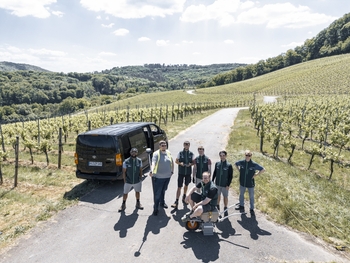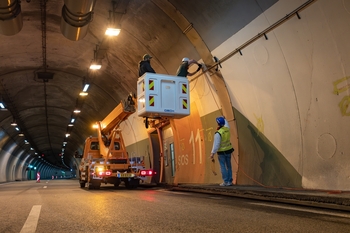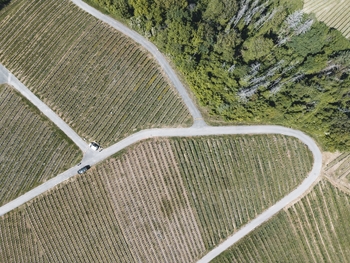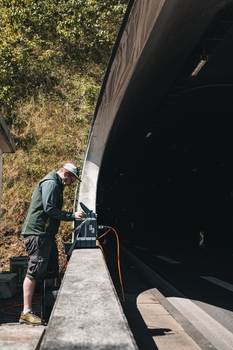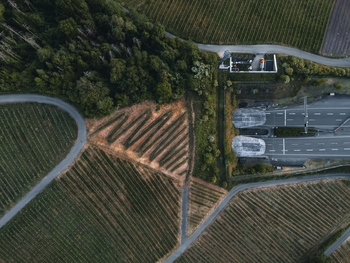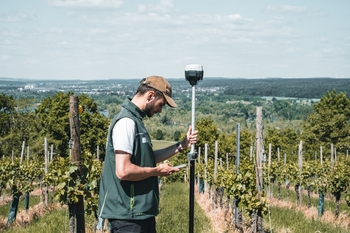Tunnel Markusberg
Geophysical exploration with experimental ERT and seismics
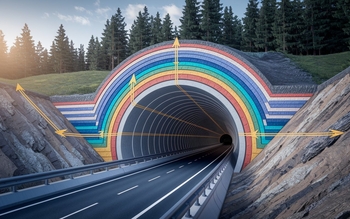
Tunnel Markusberg
Geophysical exploration with experimental ERT and seismics- Ministry of Mobility and Public Works, Luxembourg
- 2024/11
- 1 year
- In progress
The Markusberg Tunnel near Schengen, Luxembourg, traverses geological formations primarily composed of anhydrite layers, gypsum, and marl. Swelling of the anhydrite layers poses a significant risk to the structural stability of the tunnel. As a result, accurately determining the exact location of these anhydrite layers and identifying areas where swelling has already occurred is of paramount importance. In addition to the swelling layers, partially karstified zones within the marl have been identified and more of such areas are suspected. Locating these karstified regions is another critical objective of our research efforts.
To achieve these goals, we are employing geoelectrical methods and reflection seismics as investigative tools. Specifically, we are exploring an innovative geoelectrical approach that involves an experimental setup of electrodes placed on the surface in combination with electrodes installed in the tunnel’s ceiling and walls. This method is designed to overcome challenges posed by the presence of steel reinforcements within the tunnel lining. Traditional geoelectrical surveys conducted solely within the tunnel can result in electrical currents flowing primarily through the steel lining, which prevent the acquisition of meaningful data about the surrounding rock formations. By adapting concepts from “crosshole” geoelectrical techniques, where electrode pairs are distributed across different boreholes and have shown success even in water-filled (highly conductive) environments, we aim to apply this strategy between the tunnel and the surface. This approach prevents the electrical current from being confined to the steel elements of the tunnel lining, allowing us to gather valuable data about the geology surrounding the tunnel.
This research not only addresses critical safety concerns for the Markusberg Tunnel but also contributes to the advancement of geophysical exploration methods in challenging engineering environments. Our innovative techniques have the potential to improve the detection of geological hazards in tunnels and similar structures worldwide.


